Portrait of a Lady on Fire begins with a drawing mistress, Marianne (Noémie Merlant), posing for her young female students, telling them how to look at her. We are in 18th-century France, but this is no polite, drawing-room atmosphere: you imagine there might be a manifesto of some kind secreted in Marianne’s skirts. The camera moves over each of her charges’ faces as they sketch: inquisitive, bold faces. Bold enough to have taken a painting out of storage and set it on an easel. Catching sight of it at the back of the classroom, Marianne is visibly upset, yet – good teacher that she is – answers the curious questions put to her: yes, she painted it; when? A long time ago. And the title? We get a closer look at the painting: a moonlit, cloud-strewn landscape à la Caspar David Friedrich, and at its centre a woman, her back to us, her dress ablaze.
At this point the film, written and directed by Céline Sciamma, shifts from the Romantic to the gothic, as the narrative flashes back to Marianne being rowed across a storm-tossed sea to a remote island off the Brittany coast. She is here to paint a portrait of a young noblewoman, Héloïse (Adèle Haenel), for her prospective husband in Milan. Marianne’s welcome to the Big House is, true to the genre evoked, a cold one: she is greeted only by a servant, with a single candle. There are mysteries, too. Héloïse has been called back from the convent after the unexplained death of her sister, who was betrothed to a man she’d never met. Héloïse is talked about as though she’s a Bertha Mason, locked away first in the convent, now here. ‘Will you manage it?’, the maid Sophie (Luàna Bajrami) asks Marianne that first night, over a meagre supper in a cold kitchen. ‘Manage what?’ ‘To paint her… Another painter was here. He wasn’t able to.’ Is she, you wonder, some ravening madwoman in the attic, poised to draw blood or torch the house at the first opportunity? Or so hideous she’d made the last portraitist pack away his paints in horror at the sight of her?
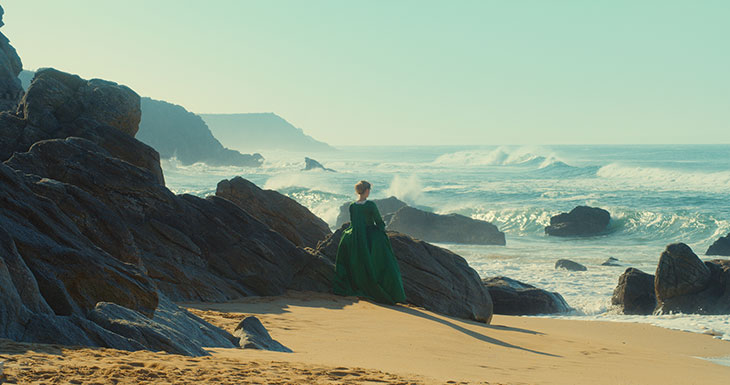
Adèle Haenel as Héloïse in Portrait of a Lady on Fire. Photo: Lilies Films/Neon
The answer is, happily, neither. Héloïse won’t sit for her portrait because, as her mother (Valeria Golino) tells Marianne, ‘she refuses the marriage’. So Marianne must pretend to be her chaperone, observe her, and paint this portrait from memory, in secret. Sciamma builds up the suspense, delaying Héloïse’s appearance for as long as possible – there’s a clever sequence in which the bottom of her green silk dress is seen skirting the floor as it moves along a corridor, before a wider frame reveals that it’s the maid, Sophie, carrying the garment. When Hélöise is finally (and literally) uncloaked, the gothic mood is dispelled, and a relationship of some kind between her and Marianne seems inevitable.
This is Sciamma’s fourth feature film, and her first foray into a historical setting. Here, as previously, she is interested in how women behave in the absence of men – especially when they inhabit worlds in which the male presence inhibits them. In her last film, Girlhood (2014), there’s a joyful scene in which a gang of teenage girls from the Paris banlieue rent a hotel room together, get dressed up as if for a night out, then dance and mime-sing to Rihanna’s ‘Diamond’, taking pleasure in each other’s company alone. In Portrait, the film’s entire central section feels like an extended version of that Girlhood moment. Left in splendid isolation while Héloïse’s mother is away, she, Marianne and Sophie – their female companionship superseding class boundaries – do what might be the 18th-century equivalent of dancing to Rihanna: they play cards, smoke tobacco, and, in a climactic scene in which Héloïse and Marianne’s love for each other is now clear, they join a nocturnal gathering of local women on the beach, singing along to their eerie folk melody. In what reads as the ultimate expression of female camaraderie, they take Sophie to a witch doctor for an abortion, which is performed on a bed next to the woman’s happy, gurgling baby.
‘Equality is a pleasant feeling,’ Héloïse says earlier on, to explain her preference for convent life to that of a married woman. It applies, too, when she sits for her portrait. ‘When you look at me, who do I look at?’, she tells Marianne. The casting here is spot on – Adèle Haenel has the fierce demeanour of a woman who will not suffer to be looked at without looking back in return. With the conventional idea of the muse as passive and uninvolved in the creative process being re-examined as it is now, this exploration of model and artist as collaborators feels timely.
Appropriately for a film that’s so much concerned with the act of looking, you feel compelled to look and look, to drink in every beautiful detail. Sciamma included a self-portrait by Judith Leyster when she sent out her script to get it financed, but the kitchen scenes especially might put you in mind of Chardin, while Hammershøi seems to have inspired the spare aesthetic elsewhere (and Sciamma has a fondness for a pale-blue palette).
In this cool, still setting, there’s plenty of heat – the heat of desire and love, yes, but also, where Héloïse is concerned, a barely contained rage at her lot in life. (‘You can choose,’ she says, addressing Marianne as a woman who can earn her own living. ‘That’s why you don’t understand me.’) Literal fire in this film is plentiful – the promise of its title certainly doesn’t disappoint – and even when there isn’t a flame in view, the crackle of hearth fires often serves as a soundtrack – there is no score. But don’t expect a melodramatic, Thelma-and-Louise-style ending for these two women. Here there is no explosive resolution (or, indeed, revolution) – rather, after a good blaze, the sweet melancholy of glowing embers. You feel the warmth of this film long after it’s finished.
Portrait of a Lady on Fire is on general release in the UK from 28 February.
Unlimited access from just $16 every 3 months
Subscribe to get unlimited and exclusive access to the top art stories, interviews and exhibition reviews.

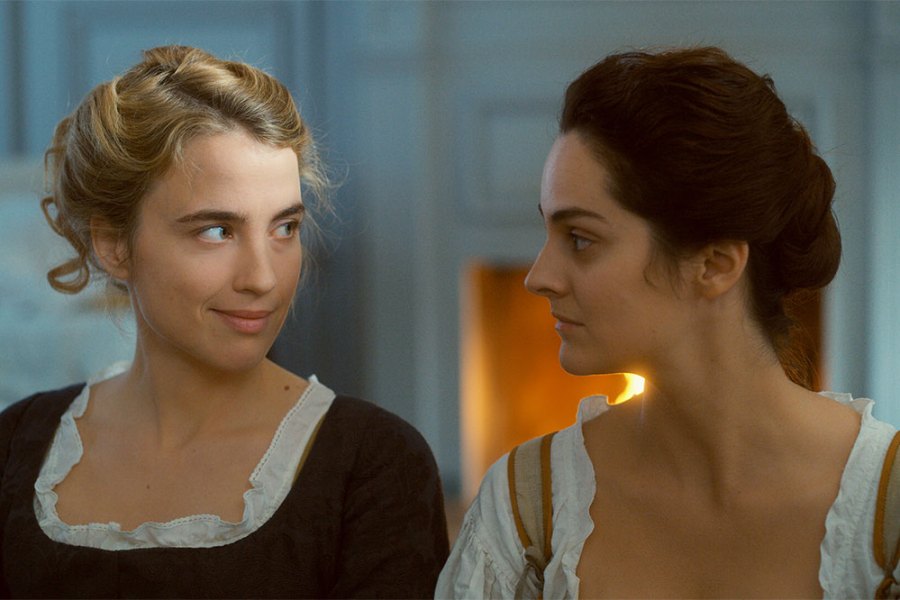
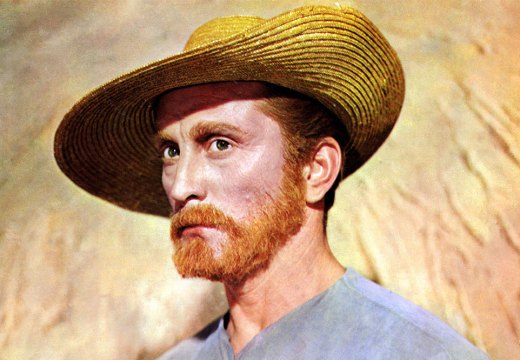
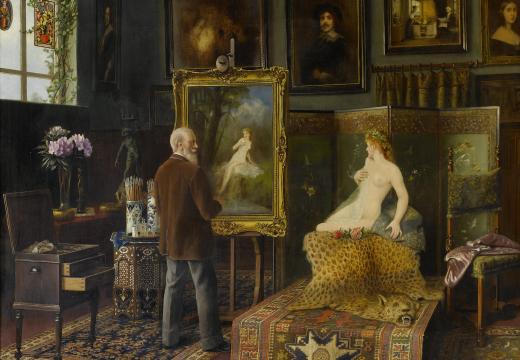
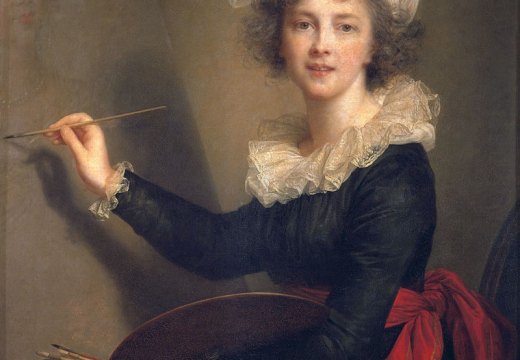









![Masterpiece [Re]discovery 2022. Photo: Ben Fisher Photography, courtesy of Masterpiece London](http://www.apollo-magazine.com/wp-content/uploads/2022/07/MPL2022_4263.jpg)
It’s time for the government of London to return to its rightful home